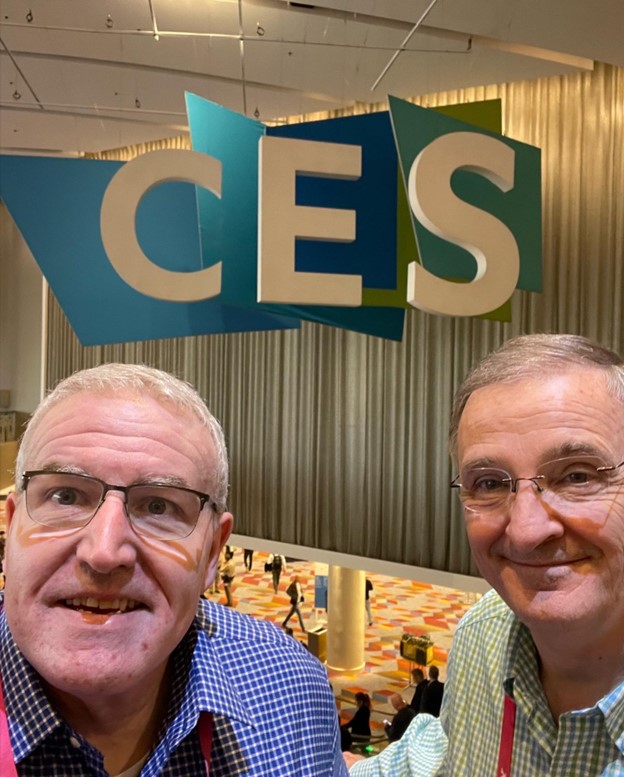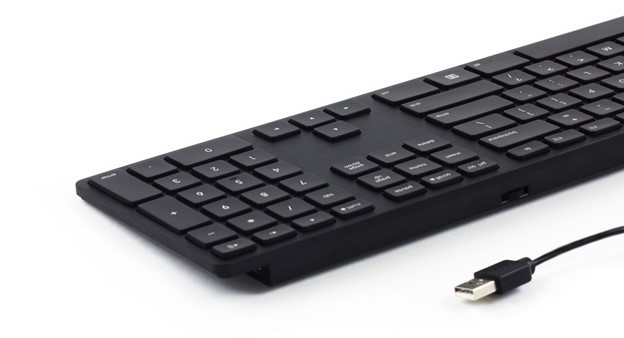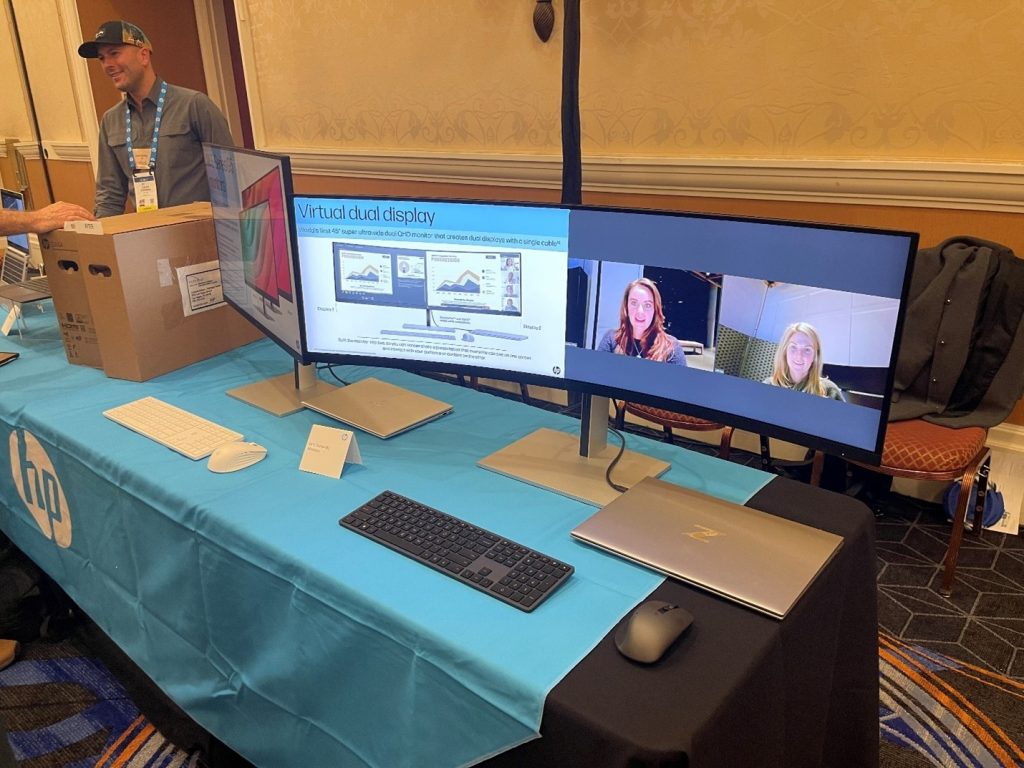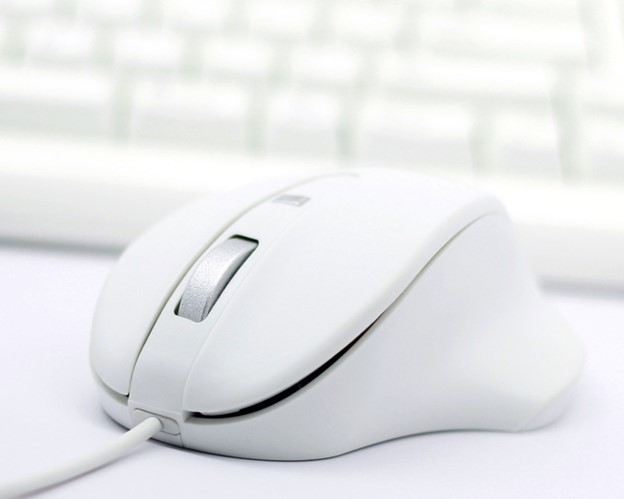Accounting
CES Update 2023: Your Firm and Your Tech Opportunities
I believe one or more products from each category will be helpful to you. While CES produces its Innovation Awards that you can review, the items below will be more beneficial to the practice of accounting or your clients.
Feb. 13, 2023
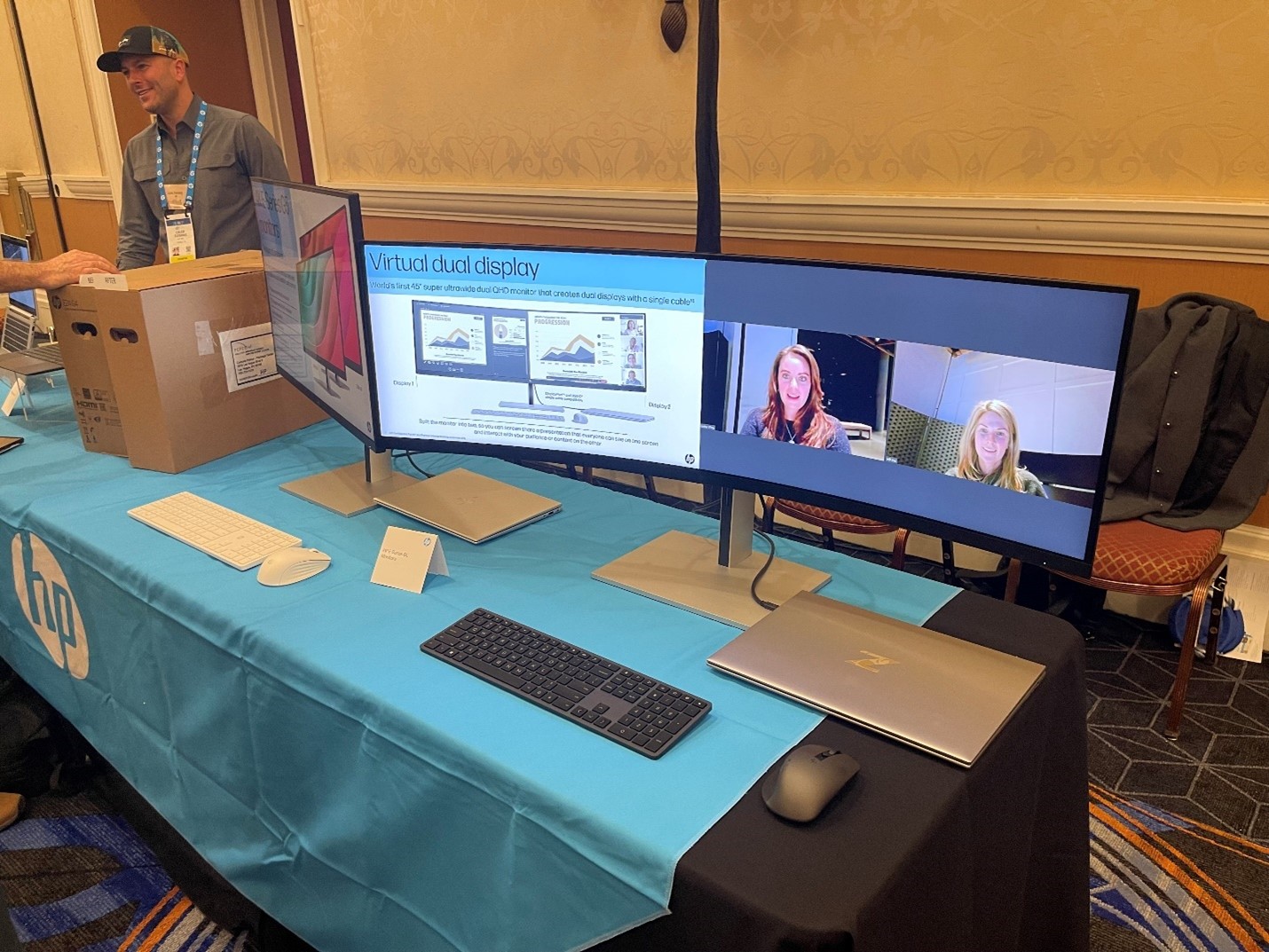
I’m so pleased to be with you this year as we rebuild and discuss technology stacks. My colleague Brian Tankersley and I prime our creative thinking for you by attending the Consumer Electronics Show (CES) in January 2023. This year was no exception. While technologies of all kinds interest us, we focus on what might work best for your firm, your team, yourself, and your family.
We have spoken about interesting CES technologies in The Technology Lab podcast if listening is more convenient for you. We divided this year’s technologies into a few broad categories that applied to business:
Meeting Technology, New Standards, Evolving Technology, and Industrial Technology.

Thanks for reading CPA Practice Advisor!
Subscribe for free to get personalized daily content, newsletters, continuing education, podcasts, whitepapers and more...
Already registered? Login
Need more information? Read the FAQ's
I believe one or more products from each category will be helpful to you. While CES produces its Innovation Awards that you can review, the items below will be more beneficial to the practice of accounting or your clients.
Meetings, Monitors, Keyboards, and Mice, oh my!
The most exciting options in this category included innovations from Samsung with Dex, Canon’s Activate My Line-of-Sight Technology, and Microsoft Surface. Our vision is that you’d like to have a meeting in a large or small conference room with a good image on a screen, good sound, and accessible collaboration from every team member.
During the pandemic, we learned to use Zoom, Teams, or GoTo (the new brand of Meetings, Connect, Webinar, and other tools) with a single camera and screen, inviting others to participate. The best meeting setup includes a monitor that can be 1) of ample size, 2) high resolution, and 3) that several may be put together, with cameras, microphones, and keyboards to collaborate on documents. All three of the named systems accomplish this in different ways.
Dex allows computers, tablets, or phones to create or join a meeting, and then control can be passed to any user by the organizers. Canon’s system automatically follows presenters around a room, focusing on the active presenter or a particular document. Finally, Microsoft’s Surface Hub provides a touchscreen, interactive platform if your firm uses Teams.
Monitors got notable upgrades this year, with HP’s 45″ curved monitor that can support multiple keyboards, mice, computers, or tablets and can be split into two 27″ screens conveniently coming in as my second favorite, but most affordable monitor. Competitors of ViewSonic, Samsung, and others introduced gaming monitors in the 48-49″ curved range to provide immersive, responsive experiences. The LG OLED Flex monitor (4K 36″) allows for infinite adjustments from a flat screen to a curved monitor at any angle and is an indicator of the quality to come, but too pricey for most of us at $2,999.
Both Kensington and Matias introduced Positive Touch keyboards and productive accessories. The Kensington QuietType Pro Silent Mechanical Keyboards with Meeting Controls provide a professional, mechanical keyboard solution for business customers working in the office or at home. Additionally, Kensington announced
- Professional Video Conferencing
- H3000 Bluetooth Over-Ear Headset – Kensington’s high-end wireless headset is one of the first headsets certified in the “Engineered for Intel Evo Laptops Bluetooth accessories program
- Universal 3-in-1 Pro Audio Headset Switch – Allows professionals to use their favorite wired or wireless headset with up to three different audio sources
- Docking Stations
- MD120U4 USB4 Portable Docking Station – One of the first mobile USB4 docking stations
- SD5780T Thunderbolt 4 Dual 4K Docking Station – The latest addition to Kensington’s high-performance Thunderbolt 4 docking stations
- SD1700P USB-C Dual 4K Portable Dock with Qi Charging – Integrates wireless Qi charging into a compact, full-featured portable dock
- Trackball
- SlimBlade Pro Trackball – Kensington’s most advanced trackball offers a sleek, ergonomic design and dual-hand ambidextrous control
- Device Security
- Slim NanoSaver Combination Ultra Cable Lock – Provides the highest level of protection against cutting attempts to protect thin laptops with a nano slot
- There are also dual-headed and keyed versions
Competitor Matias introduced an RGB Backlit Wired Aluminum Keyboard for PC and their new Matias PBT Mice. Why PBT (Polybutylene Terephthalate)? PBT is a special type of plastic that doesn’t actually feel like plastic. Instead, it has a dry satin texture that’s really comfortable against your skin. 99% of mice are made from cheaper, softer ABS plastic, which tends to turn shiny with use.
To combat this, these mice are often painted with a rubber coating — which is even worse because it causes them to turn sticky over time. Unpainted ABS tends to change color over time. That’s why many white mice eventually end up looking yellow. Also, ABS plastic is prone to UV damage from sunlight. None of that happens with PBT — white PBT stays white. In fact, PBT is so resistant to UV damage that it’s used for car interiors that are out in the sun all day. At $99 and $49, these keyboards and mice are a real bargain.
What Are Some Of The New Standards?
We have traditionally recommended following technology standards for compatibility, safety, and innovation. As a result, exhibitors covered several standards at CES.
First, HDMI 3 is going through final approval. This standard will support 80 Gbps transmissions, have two-way traffic, and replaces the HDMI 2.1a standard. The main reason for the evolution is the support of multiple 8K monitors and higher frequency. The Ultra-High-Speed HDMI® 2.1a features include uncompressed 8k@60Hz and 4K@120Hz. The cable’s increased bandwidth capability supports up to 48Gbps. If you are installing video cables in a wall, make sure to use at least HDMI 2.1a cables or HDMI 3.0 cables if you can locate them.
Wi-Fi 6E has become generally available, and Wi-Fi 7 is going through the final standards process. Wi-Fi 7 includes 320 MHz Channels & 4K QAM (Quadrature Amplitude Modulation), providing more densely packed channels and more data density. The benefit of a typical Wi-Fi 7 laptop is a potential maximum data rate of almost 5.8 Gbps. This is 2.4X faster than the 2.4 Gbps possible with Wi-Fi 6/6E and could easily enable high-quality 8K video streaming.
In addition, it could reduce the time for a 15 GB file download to roughly 25 seconds vs. the one minute it would take with the best legacy Wi-Fi technology. With MLO (Multi-Link Operation), Wi-Fi 7 devices can simultaneously connect on two bands. This enables faster speeds through aggregation. Or, both bands can be used concurrently to share redundant/unique data for improved reliability with ultra-low and precise latencies. The following diagram illustrates these concepts.
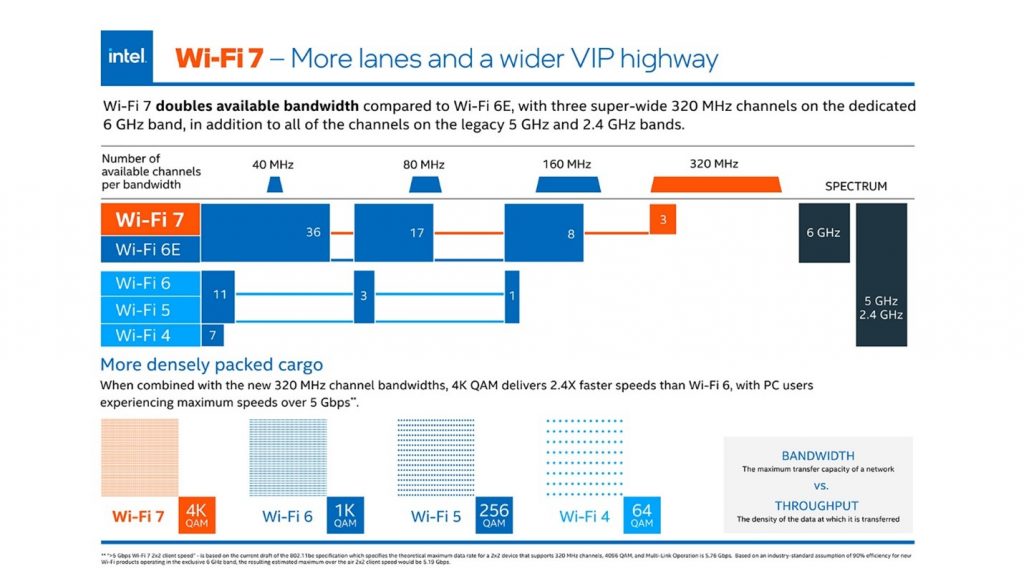
TP-Link became the first vendor to release a Wi-Fi 7 product line. One item in the announcements was a true whole home Multi-Gig Mesh Wi-Fi with the BE33000 Router priced at $1,199.99. This device includes Quad Band Wi-Fi 7 at up to 33 Gbps, 10 GB Fiber and Ethernet ports, and a powerful CPU to drive the device and run the Enhanced Security with HomeShield. Also introduced were the Deco and Archer lines. However, it is probably too early to invest in many Wi-Fi 7 devices, and 6E prices should drop notably.
Other standards include those in your home. Included here are Matter (formerly Zigbee), HomeConnect, and Z-Wave. As a new ‘industry-unifying’ standard from Amazon, Apple, Google, and others, Matter aims to make it easier for your smart home devices to connect with each other. Matter came from a working group called Project Connected Home Over IP (Project Chip), which Amazon, Apple, Google, and other significant players in the smart home space launched in collaboration with the Zigbee Alliance at the end of 2019.
In May 2021, the Zigbee Alliance changed its name to the Connectivity Standards Alliance (CSA) and rebranded Project Chip to Matter. As a result, you can expect consolidation of applications that use these standards. Interestingly, the Samsung Dex named above is supposed to be Matter compatible this year.
Evolving Technology
CES showcased new technology in a variety of areas. Age Tech (for older people), Health Tech, Pet Tech, Gaming Tech, Home Tech, and many more were included. In addition, there were fewer Exercise Tech, and Accessory Tech. Unfortunately, there were various technologies looking for a problem to solve.
The Age technology pavilion had exercise regimens, estate planning, socialization, disability assistance, and more. The Health technology focus included tools to diagnose and/or treat teeth, eyes, depression, cardiac arrest, and everything you can imagine (and more) related to a toilet seat. The same was true for Pets with nose prints for identification (like a fingerprint), FluentPet to allow speaking, Bird Buddy with artificial intelligence to spot and track birds, diabetes tracking, depression, and collars with more ways of tracking a pet than I can name.
Gaming technology focused on immersive monitors, sound systems, or AR/VR goggles. Finally, home tech offered power, lighting, and more, with my favorite being Yarbo, a smart robot for lawn mowing, leaf blowing, and snow blowing. At $6,999, this device may have slow sales, but the technology was impressive compared to a lawn service. There was no solution for trimming bushes, however.
Industrial Technology
Major providers like CAT mining trucks, John Deere See and Spray, Peterbilt EV trucks, Palantir TITAN (Tactical Intelligence Targeting Access Node, the first Intelligence ground station enabled by Artificial Intelligence and Machine Learning (AI/ML)), and Oshkosh (USPS Next Generation Delivery Vehicle) were on display at the event. Besides EVs, it was clear that batteries were everywhere.
Unfortunately, key technology providers like Intel, AMD, and Nvidia did not have a floor presence this year. The Qualcomm booth was invitation-only, probably to mitigate intellectual property theft.
However, all of the significant computer providers showed off new generation products with the HP Dragonfly Pro (and Chromebook), products made from recycled materials, and other HP laptops and desktops. Lenovo strengthened its portfolio with a new lineup of Yoga, ThinkPad, ThinkBook, Lenovo Legion, IdeaPad, and IdeaCentre PCs, Lenovo Tab Extreme, Project Chronos concept, Lenovo ThinkPhone by Motorola, and more innovations.
Dell did not have much presence other than meeting rooms. The Microsoft Surface 5 was very impressive, and this review of laptops may be helpful, which include the LG Gram. I liked the new 3D laptop from Acer, but it immediately gave Brian a headache.
So, What’s Next?
Throughout this year, we’ll cover the products that actually make it to market, how they work, and how they can be used in your firm and your clients’ businesses. The innovation pace continues to accelerate, but we must be wise about what we choose for our practices and homes.
